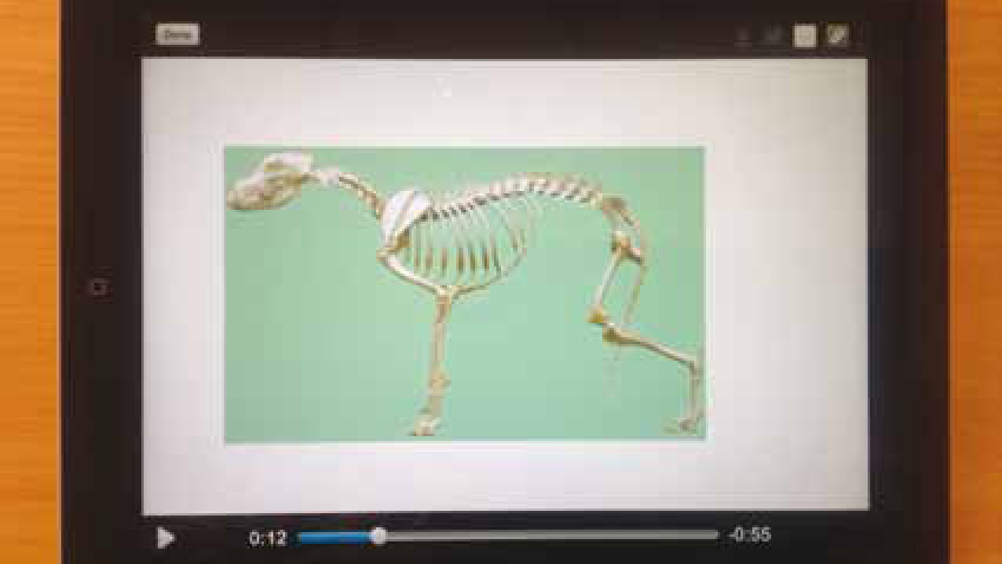Social networking — professional platform or professional pitfall?

Abstract
Social networking sites have been increasingly in the news in recent months, with Facebook, Twitter, LinkedIn, MySpace and Flickr some of the most popular and frequently used websites of the modern day. This article will discuss issues surrounding online social networking as while such websites can be very useful for accessing education, professional networking and dissemination of evidence-based findings, their use can be a very grey area, especially for healthcare professionals.
This article is not intended to deter veterinary professionals from engaging with social media, rather to highlight the potential dangers, as the increased use of social networking sites has the potential to bring risks to the veterinary profession as has been the case with the human healthcare profession.
A social networking site provides an open service enabling anyone with a valid email address to register and use the website which connects people from all over the world. Users create profiles and are encouraged to share personal information about themselves including such information as where they live and where they work, as well as how they are feeling that day via updating their ‘status’.
Photographs can be uploaded where users can ‘tag’ friends so that it is clear who is who. Users can even add their current location and link this to the person they are with; this enables others to know where they are and what they are doing. Users can list family members including their children and partners, so that people on their ‘friends’ list can be directed to others' profiles also (Azizi, 2013). With the average of 130 friends accessing a single account user's ‘wall’, with many younger users having hundreds more ‘friends’, any postings have the potential to be read by a huge number of associates (Smith, 2012). However the concept of inviting a diverse collection of ‘friends’, in numbers most people would have never previously considered as such, is not without its problems (Smith, 2012).
Register now to continue reading
Thank you for visiting The Veterinary Nurse and reading some of our peer-reviewed content for veterinary professionals. To continue reading this article, please register today.

